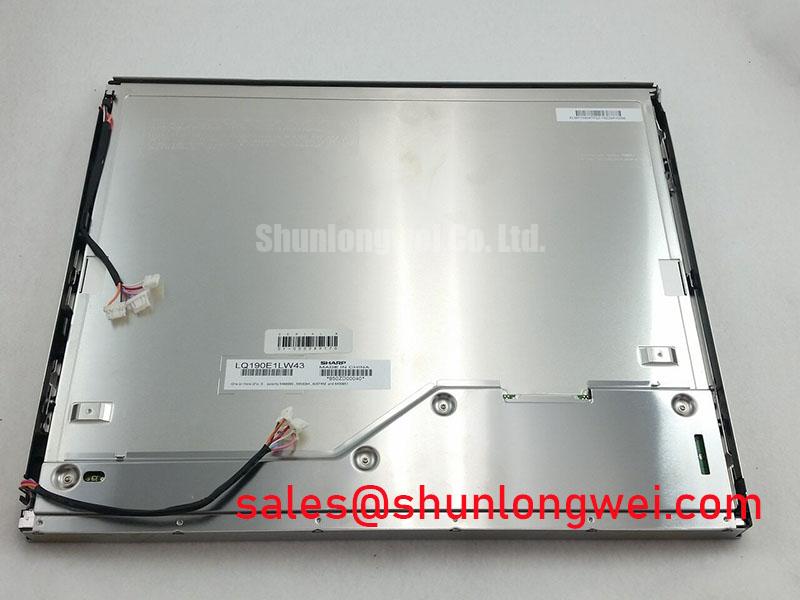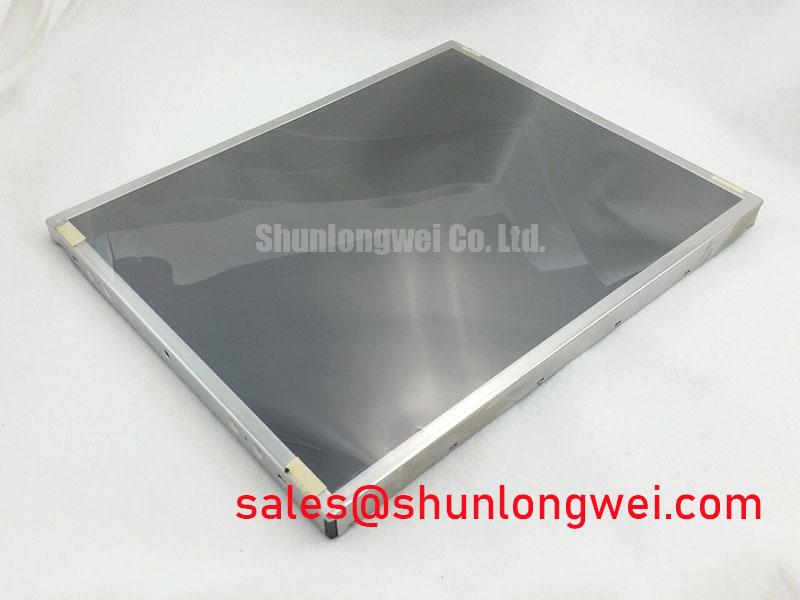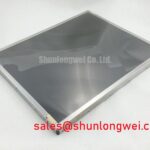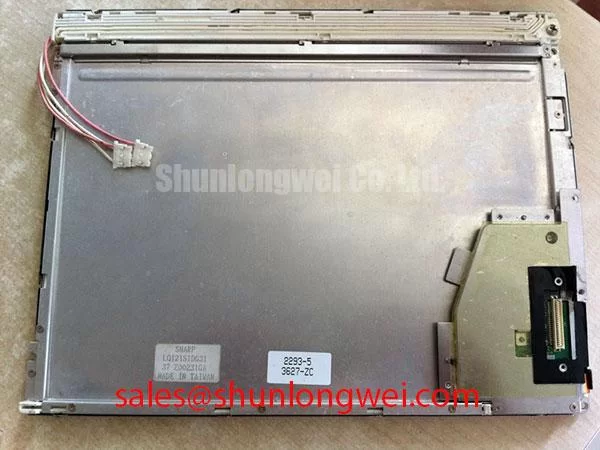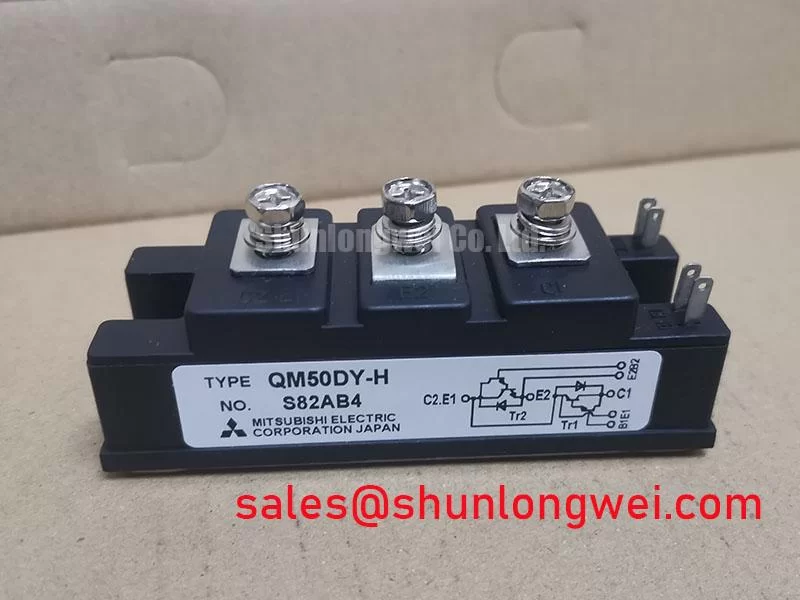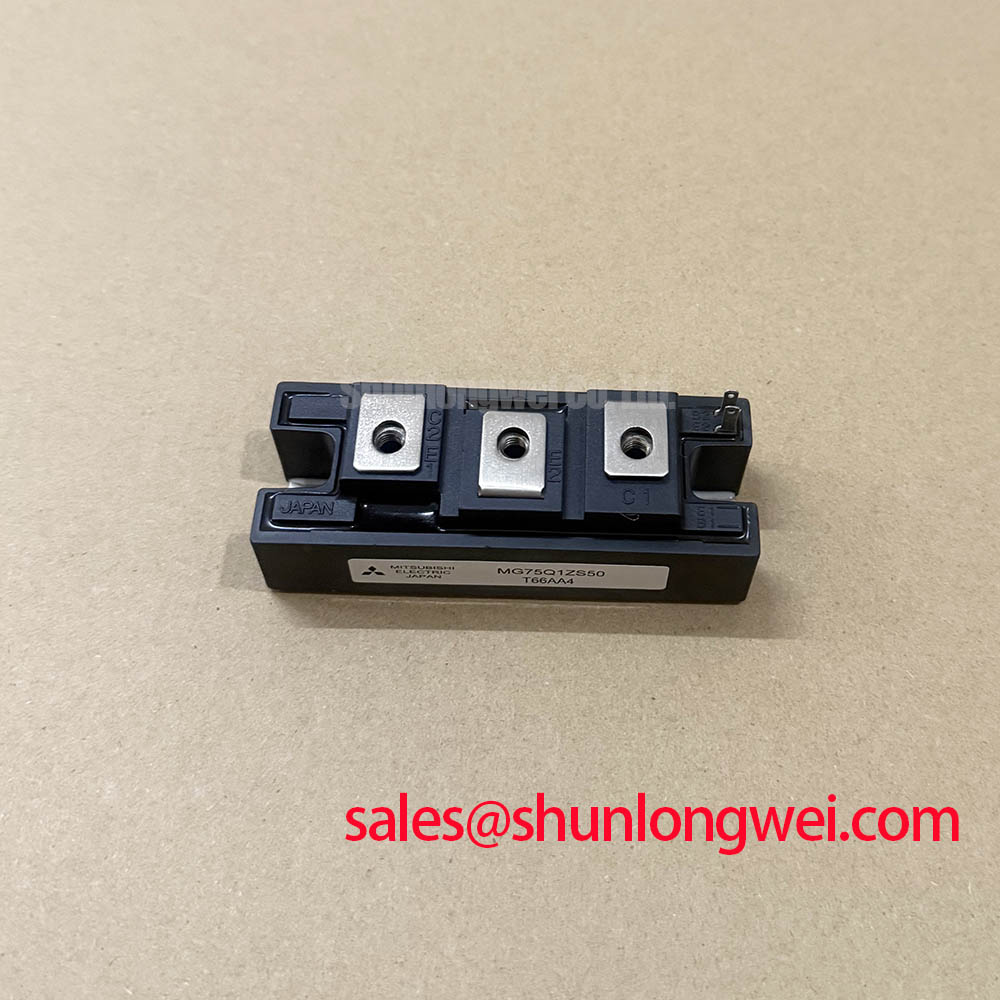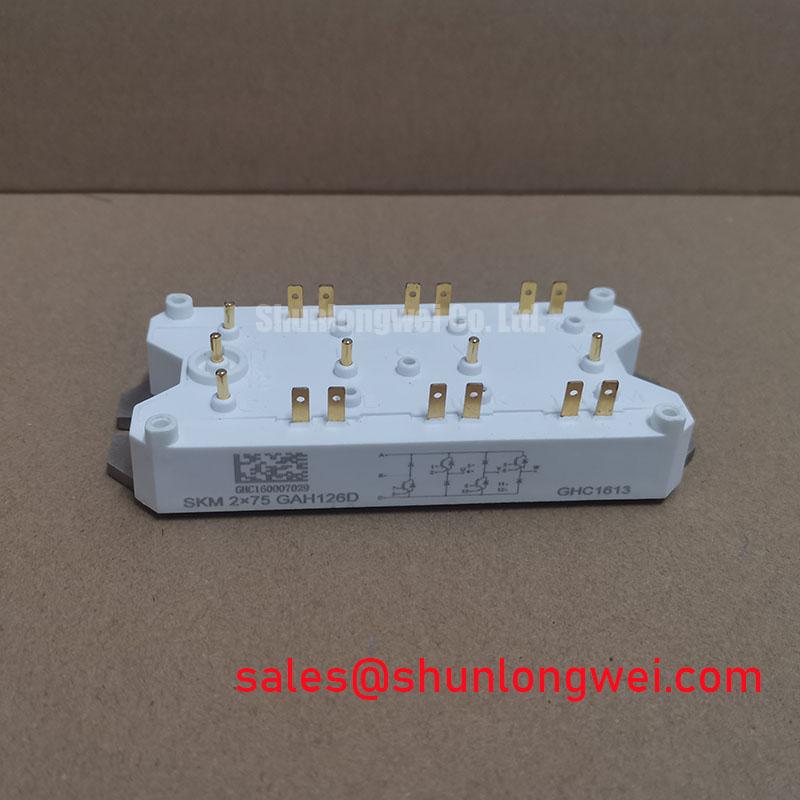LQ190E1LW43 | 19.0-inch 1280x1024 Industrial TFT LCD Module
Delivering sustained visual clarity and operational integrity in demanding industrial environments through a robust thermal design and durable construction. This Sharp TFT-LCD module provides a core visual interface solution with key specifications of 1280x1024 SXGA | 350 cd/m² Brightness | -10 to +70°C Operating Temperature. Its principal engineering benefits include exceptional operational resilience and long-term readability. The wide operating temperature range directly reduces system complexity and cost by minimizing the need for auxiliary heating or cooling components in the final enclosure design, simplifying integration into sealed or passively cooled systems.
Aligning with Industry Demands for Durable HMI Systems
In the context of increasing automation and data visualization on the factory floor, the demand for human-machine interface (HMI) components that offer longevity and unwavering performance is paramount. The evolution of industrial control systems requires displays that are not merely functional, but fundamentally reliable over extended life cycles and across challenging environmental conditions. The Sharp LQ190E1LW43 addresses this strategic need by focusing on durability as a core design principle. Its specifications are aligned with the industry's shift towards minimizing maintenance downtime and reducing the total cost of ownership (TCO) for deployed assets, ensuring that critical visual data remains accessible to operators year after year.
An In-Depth Look at the Display's Core Technology
The foundation of the LQ190E1LW43 is its use of amorphous silicon (a-Si) thin-film transistor (TFT) technology. While newer technologies exist, a-Si TFT remains a cornerstone for industrial applications due to its proven stability and manufacturing maturity, which translates directly to consistent product quality and long-term availability. This technology provides the necessary performance for displaying complex GUIs and process data with clarity and precision.
Data transmission is managed through a single-channel Low-Voltage Differential Signaling (LVDS Interface), an industry standard renowned for its high noise immunity. In electrically noisy environments, such as those with large motors or welding equipment, the integrity of the video signal is crucial. The choice of LVDS simplifies system integration and enhances the electromagnetic compatibility (EMC) of the final product, contributing significantly to its overall robustness.
Proven Performance in Real-World Deployments
While specific customer deployments are proprietary, the design attributes of the LQ190E1LW43 make it well-suited for scenarios mirroring demanding real-world conditions. For instance, in process control centers that operate 24/7, the specified backlight lifetime is a critical factor in ensuring continuous operation without frequent service interventions. Similarly, for integration into mobile diagnostic equipment used in field service, the display's inherent resilience to a wide temperature spectrum ensures it can move between indoor and outdoor environments without performance degradation, providing reliable operation from a cold startup.
Deployment Scenarios: Where Robustness is Paramount
The technical characteristics of the Sharp LQ190E1LW43 support its use in a variety of specialized industrial and commercial sectors. Its 5:4 aspect ratio and SXGA resolution are particularly effective for legacy system upgrades and new designs where vertical screen real estate is essential for data presentation.
- Industrial Automation & HMI Panels: Provides clear, reliable visualization for PLC and SCADA system interfaces on manufacturing lines, where it may be exposed to temperature swings and vibration.
- Test and Measurement Equipment: Delivers the necessary precision for displaying detailed waveforms, schematics, and measurement data in laboratory and field testing instruments.
- Medical Diagnostic Displays: Suitable for integration into non-diagnostic viewing stations on medical carts and lab equipment, where consistent image quality and reliability are essential.
- Specialized Kiosks and Ticketing Systems: The wide viewing angles and robust construction make it a viable option for public-use terminals that must withstand continuous operation.
What is a key benefit of its SXGA resolution? It provides crisp detail for data-rich interfaces without requiring FHD-level processing power. For fixed-mount HMI systems in environments with fluctuating temperatures, the LQ190E1LW43's thermal latitude makes it a more robust choice than displays with standard commercial temperature ratings.
Core Specifications for System Integration
The following parameters are central to the engineering and integration of the LQ190E1LW43. This curated list highlights the specifications most relevant to assessing its fit within an industrial design framework.
| Parameter | Specification |
|---|---|
| Screen Diagonal | 19.0 inch (48.3 cm) |
| Resolution | 1280 (RGB) × 1024, SXGA |
| Luminance (Brightness) | 350 cd/m² (Typical) |
| Contrast Ratio | 700:1 (Typical) |
| Operating Temperature Range | -10°C to +70°C |
| Backlight System | CCFL, 50,000 hours (Typical) |
Interpreting Key Parameters
Contrast Ratio: The 700:1 contrast ratio is a measure of the difference between the brightest white and the darkest black the screen can produce. For an engineer, this is analogous to the clarity of a road sign in foggy weather. A higher ratio ensures that critical data and UI elements stand out sharply from the background, which is essential for reducing operator error in variable factory lighting conditions.
Operating Temperature Range: This specification defines the ambient temperatures within which the display will function as intended. The -10 to +70°C range of the LQ190E1LW43 provides a significant advantage over commercial-grade displays (often 0 to 50°C), allowing for deployment in unheated warehouses, sealed enclosures with high internal heat loads, or control cabinets on a factory floor without dedicated climate control. To explore the importance of display technologies in more detail, see The Ultimate Guide to TFT-LCD.
Data-Informed Selection for Your Application
When evaluating 19-inch SXGA displays for industrial deployment, a decision process must be anchored in verifiable datasheet parameters that correlate to long-term value and reliability. Key metrics for comparison should extend beyond initial brightness and resolution to include the Mean Time Between Failures (MTBF) of the backlight system and the specified operating temperature range. These figures directly influence the total cost of ownership and predict the component's suitability for the target environment. For systems requiring a different form factor or higher resolution, the G185HAN01.1 offers an alternative set of performance characteristics for engineering assessment.
Enabling the Next Generation of Resilient Systems
As industrial systems become more interconnected and autonomous, the reliability of every component, including the primary visual interface, becomes increasingly critical. The design philosophy behind components like the Sharp LQ190E1LW43, which prioritizes environmental resilience and operational longevity, provides the foundational hardware necessary for building these next-generation systems. Investing in robust components is a strategic step toward creating end-products that are not only technologically advanced but also dependable and cost-effective to operate over their entire service life, ensuring a stable platform for future software and process upgrades.
Frequently Asked Questions
What are the primary considerations when replacing an older 19-inch 5:4 industrial display with the LQ190E1LW43?
When retrofitting, engineers should verify three main points: mechanical mounting compatibility (VESA or custom hole patterns), the signal interface (ensuring the host controller outputs a compatible single-channel LVDS signal), and the backlight inverter requirements, as the CCFL backlight requires a specific high-voltage power supply.
How does the -10°C to +70°C operating range benefit my system design?
This wide temperature range allows the display to be integrated into systems deployed in environments without stable climate control, such as factory floors, warehouses, or outdoor-housed kiosks. It reduces the need for, and cost associated with, auxiliary heating or cooling components within the product enclosure, simplifying the overall thermal management design.
Does the LQ190E1LW43 require a separate backlight inverter?
Yes, as a display module utilizing a Cold Cathode Fluorescent Lamp (CCFL) backlight system, it requires an external inverter to convert the low-voltage DC input into the high-voltage AC needed to power the lamps. The specific inverter must be matched to the backlight's voltage and current requirements as detailed in the datasheet.
What is the significance of the a-Si TFT technology used in this panel?
Amorphous Silicon (a-Si TFT) is a highly mature and stable display technology. Its primary advantage in industrial applications is its proven reliability, consistency, and long-term supply chain stability, making it a dependable choice for products with long life cycles.

